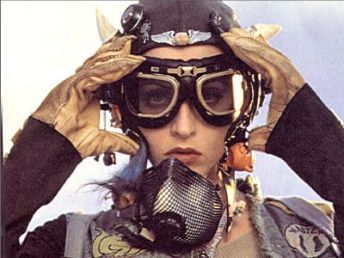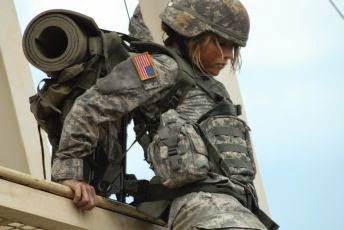Friday, November 21, 2014
Commonwealth Wargames
Russian jets probing NATO airspace and supersized war drills are spilling Kremlin military secrets and scaring European nations into stiffening their armed forces.
The alliance said by late October it intercepted more than 100 Russian planes this year, more than three times the number in 2013. A report by the European Leadership Network, a London security research group, termed the incidents "a highly disturbing picture of violations of national airspace, emergency scrambles" and "narrowly avoided mid-air collisions."
Monitoring drills and Russian aircraft flying along NATO or Finnish and Swedish airspace is yielding intelligence on command and control, communications and tactics - plus - non-NATO members Finland and Sweden upgraded their alliance ties in September.
After suffering initial setbacks in the 2008 Georgia War, Russia has continued investing in its armed forces. The Kremlin increased military spending by 50 percent since 2005 while NATO has cut spending by 20 percent
NATO, at its Sept. 4-5 Wales summit, shored up its eastern defenses against Russia as the U.S., which makes up two-thirds of alliance military spending, urged European allies to pay more. The alliance agreed to rotate more troops through eastern Europe and to set up a 5,000-soldier rapid-reaction force.
The Baltic states are bolstering their armed forces with Estonia vowing more troops on its border with Russia after a security officer was snatched and taken to Moscow.
Alliance states including Denmark, Poland and Germany also plan to increase defense spending, though in the case of Germany only from 2016. Germany spends about 1.3 percent of gross domestic product on the military.
Denmark is poised to spend more than $4 billion in its biggest air defense upgrade on either Lockheed Martin Corp. (LMT)'s F-35, Boeing Co. (BA)'s F-18 Super Hornet or Typhoon fighters, built by the Eurofighter consortium of BAE Systems Plc (BA/), Airbus Group NV (AIR) and Italy's Finmeccanica SpA. (FNC)
Poland, which shares borders with both Russia and Ukraine, will choose suppliers for helicopters and an air-defense system within a year as it begins a $27 billion program to overhaul the military and replace Soviet-era military equipment. It's also bringing forward purchases of attack helicopters, drones and missiles for Lockheed F-16 jets.
Pic - "The Airborne Assault Forces, which comprises about thirty-five thousand troops and whose commander answers directly to Putin, is Russia's elite crisis-reaction force. A Special Operations Command, also a reserve of Putin, was created in 2013 to manage special operators outside Russian borders."
Subscribe to:
Post Comments (Atom)















0 comments:
Post a Comment